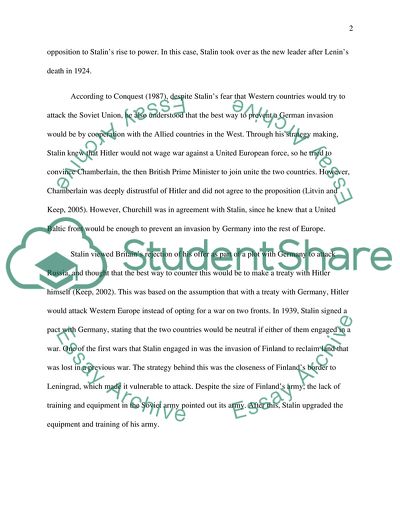Cite this document
(Stalins Achievement as A Military Leader Essay Example | Topics and Well Written Essays - 2000 words, n.d.)
Stalins Achievement as A Military Leader Essay Example | Topics and Well Written Essays - 2000 words. https://studentshare.org/history/1791558-1-critically-evaluate-stalins-achievements-as-a-military-leader
Stalins Achievement as A Military Leader Essay Example | Topics and Well Written Essays - 2000 words. https://studentshare.org/history/1791558-1-critically-evaluate-stalins-achievements-as-a-military-leader
(Stalins Achievement As A Military Leader Essay Example | Topics and Well Written Essays - 2000 Words)
Stalins Achievement As A Military Leader Essay Example | Topics and Well Written Essays - 2000 Words. https://studentshare.org/history/1791558-1-critically-evaluate-stalins-achievements-as-a-military-leader.
Stalins Achievement As A Military Leader Essay Example | Topics and Well Written Essays - 2000 Words. https://studentshare.org/history/1791558-1-critically-evaluate-stalins-achievements-as-a-military-leader.
“Stalins Achievement As A Military Leader Essay Example | Topics and Well Written Essays - 2000 Words”. https://studentshare.org/history/1791558-1-critically-evaluate-stalins-achievements-as-a-military-leader.


